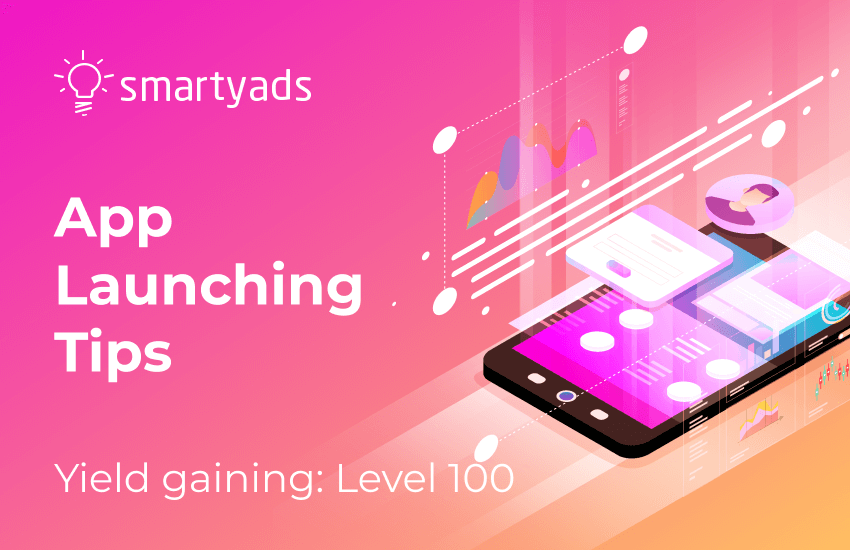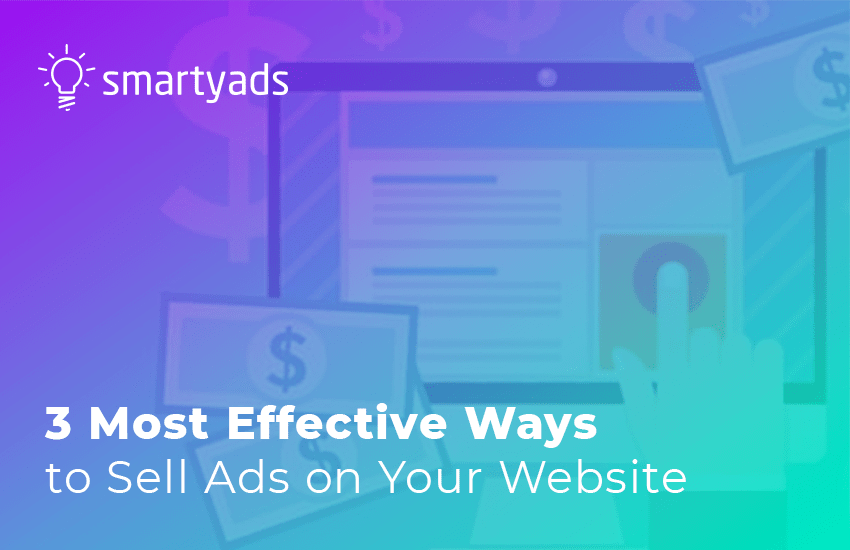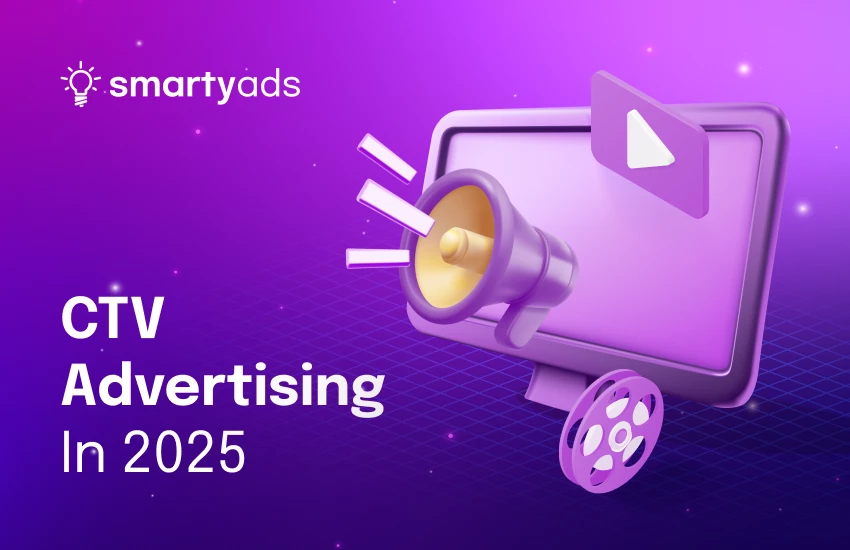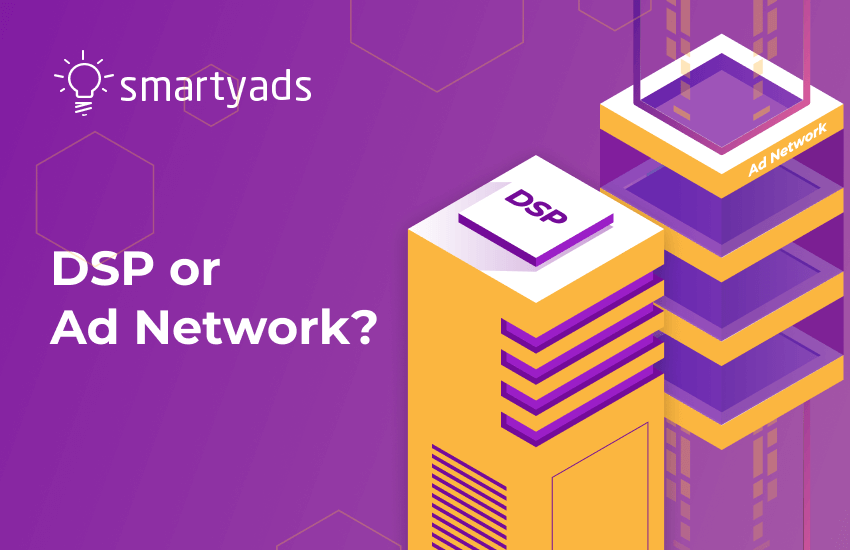Launching a mobile game is an exciting yet challenging journey. The mobile app field is competitive like never before, and quite frankly, many apps end up not making any money. Therefore, with billions of apps competing for user attention, a well-planned launch can make all the difference between success and failure. So, how can you ensure your game makes it to the success side?
In this article, we’ll walk you through the essential steps and process of how to launch a mobile app effectively. Whether you're a developer, marketer, or entrepreneur, these best practices will help you maximize downloads, engagement, and revenue. Let’s dive in!
Launching an app, think about problem-solving
Many successful developers will tell you that you must sell the problem that you are solving, not necessarily the app. Simply launching an app and hoping that people will realize its benefits themselves is not going to work.
Every industry has a problem that may cause a bunch of pain points, and this should be your emphasis.
Most people hope to get the next big idea for an app that will be bought by industry giants such as Google and Yahoo for millions of dollars, and this is not the right approach; this is one of the best practices for app launch.
Most of the products and services around us were created to solve a particular problem. For example, we needed a faster way to get from point A to point B, so the car was invented. We also needed a faster and more comfortable way to travel overseas, so the airplane came along. Marketing your app before launch begins with pitching the solution to a problem that your app resolves rather than the cool features of the app.
10 steps to successfully launch an app
Launching a mobile game requires careful planning, strategic marketing, and the right monetization approach. Follow these 10 essential steps to launch an app and maximize your in-app ad revenue.
Thoroughly research your industry
Before launching your mobile game, research market trends, competitor strategies, and users’ core preferences. Identify successful monetization models, including in-app ads, to ensure profitability from the start.
Set KPIs
Define clear key performance indicators such as retention rates, daily active users, etc. These metrics will help measure success and optimize your monetization strategy.
Define the marketing strategies
Plan how you’ll attract and retain users. Leverage App Store optimization, influencer partnerships, and paid advertising. Ensure your strategy includes user-friendly in-app ads to drive revenue without harming player experience.
Validate your idea through MVP
Develop a Minimum Viable Product (MVP) to test core features, gameplay, and ad placements. Collect user feedback to refine mechanics and optimize ad formats for better engagement and profitability.
Create content
Prepare promotional content, including app descriptions, gameplay videos, and ad creatives. High-quality visuals and engaging copy can boost app store conversions and enhance ad performance. This is why knowing how to promote a mobile game app is crucial.
Choose an App Store
Decide where to launch—Google Play, the App Store, or both. Each platform has different ad monetization policies, so choose wisely to maximize your ad revenue potential.
Test your app and release the first update
Conduct thorough testing to fix bugs, enhance user experience, and optimize ad placements. A smooth, engaging app with well-integrated ads ensures higher retention and revenue.
Leverage in-app ad formats
In-app ads are a proven and pretty popular way to monetize an application or a mobile game. Choosing the right in-app ad formats is crucial for balancing monetization and user experience.
Rewarded video ads encourage engagement by offering in-game rewards in exchange for watching an ad, boosting both retention and revenue. Interstitial ads can be placed between game levels or transitions, ensuring visibility without disrupting gameplay.
Native ads blend seamlessly into the app’s design, making them less intrusive while still generating income. Carefully test and optimize ad placements to maximize earnings while keeping users satisfied. A well-balanced ad strategy ensures long-term monetization success without driving players away.
Get early testimonials
Encourage beta testers and early adopters to leave reviews. Positive testimonials increase credibility, improve app rankings, and attract more users which can potentially lead to higher app visibility.
Build a social media presence
Engage with your audience on platforms like TikTok, Instagram, YouTube, or other relevant platforms. Share gameplay highlights, user testimonials, and updates to drive organic traffic and boost in-app ad earnings.
Make a target audience research
Researching your competition and industry should become an essential part of your app launch strategy. Every piece of data that you obtain from your research will give you an idea of what you are up against regarding the market size, functionality, and quality of the apps your target audience is currently using.
Customer satisfaction, pricing, and competitor’s apps do matter as well. Based on the data that you gather, you will be able to make an informed decision on whether or not you should pursue a given opportunity and whether or not you will be able to monetize such an app.

Find similar applications launched on the market
There are many reasons to snoop around the competitor’s product before your mobile app launch. First of all, a lot of times as developers, we love to create cool new features for our apps, but we are not asking ourselves, “Is this really what the users want”?
There are many situations where users will hate a feature that they find cool and innovative, so be sure to analyze the competitor’s products for such issues. Also, be sure to monitor how well the competition performs after the product launch.
You’ll discover many bugs in the code afterward, and they will get an earful from the users. While tidying the competition is a time-consuming process, you can generate ideas and find room for improvement to give your product a competitive edge on the market.
Prepare the landing page for your app
A giant hurdle that lots of developers encounter is obtaining and maintaining the attention of their prospective users. In many situations, developers put effort into creating an engaging and intuitive app and then face complete silence. This is why one of the best practices for building a mobile app launch strategy is creating your app landing page 2-3 months before launch.
If you received some inquiries from your website or landing page, you can start building databases of emails that can be used for lead nurturing purposes. You can send your most active users updates regarding the release of new features and other apps that you queued for future launch.
Before launching an app create Mockups
Mockups are a great way to show everybody all of the interesting design features you have planned for your app. If you are looking to get inspired, a lot of the free mockup tools out there offer plenty of templates for you to choose from, such as Balsamiq Mockups, Mockplus, Wireframe.cc, Moqups, and Invision (free one), just to name a few.
Users are expecting a certain level of professionalism from your team, and by using the app mockup, you can give them a sneak peek into the quality of your design before you start the whole mobile app launch process.
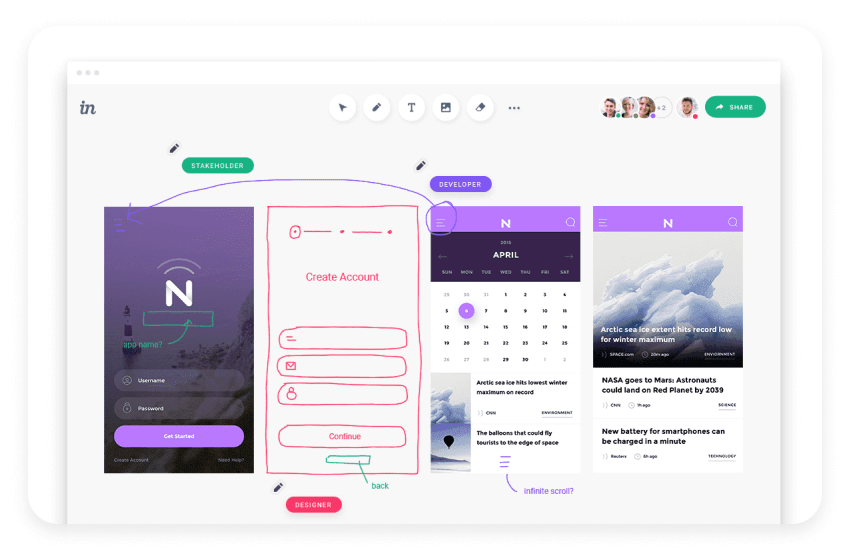
Think about design template
Top-of-the-line graphic design software such as Adobe’s Creative Cloud might be very expensive but are well worth the investment. However, if you cannot buy such tools, that does not mean that you have to do without graphic design software altogether.
There are some free options to take advantage of, they can be useful depending on the design quality level you are trying to achieve. For those of you who are scared of working with designs, there are also tools available that are very easy to use.
Such tools like Sketch, Porto.io, Origami Studio for UX design, and many others, let you produce designs that will add an element of quality and uniqueness to your design.
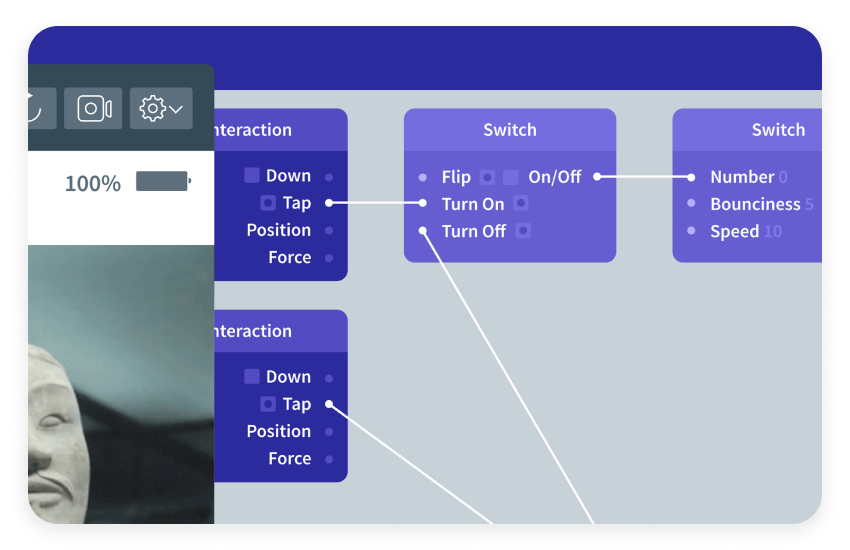
Coding is an essential step
If you are creating an app for iOS, the easiest thing to do would be to build it natively with Interface, Xcode, and Swift. Xcode can be downloaded for free, and if you would like, you can use it to install the app on your phone.
Lots of debates are devoted to the subject of the best option that should be used for the first case app launch. Most experts agree that Swift would be better in this situation, but if you are working with a legacy application, it would be better to use Objective-C. Also, be sure to employ cross-platform applications since you could build your app on it once and then export it to another platform of your choice later.

How to launch your mobile applications in the App Store
Getting your app on the App Store is easier than you think. The first thing you need to do is to get an Apple Developer membership, which costs $99 a month. Along with your membership, you will get access to iTunes Connect.
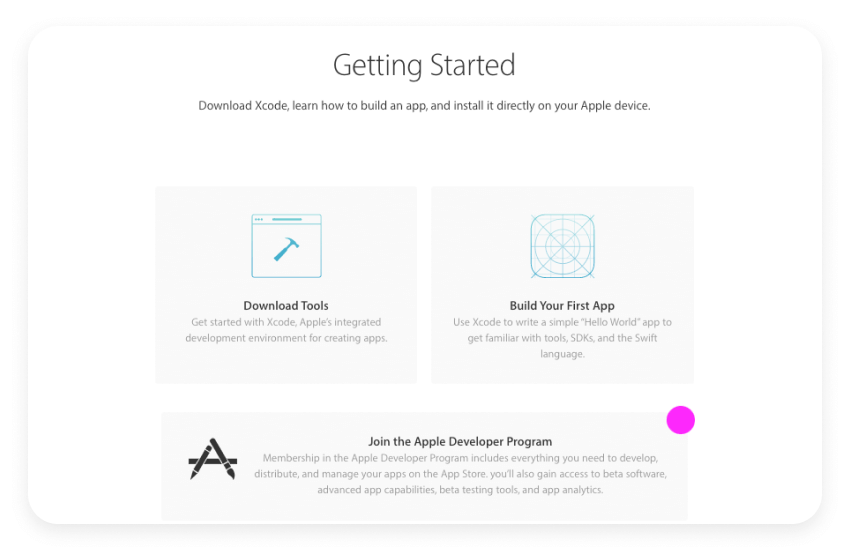
Then you can use Xcode to load your application for Apple to review. Such a review could take one or two weeks for Apple to make sure that it adheres to all of its requirements. After a successful review, your app is ready to go. However, the process of app launching does not end here. There are still a few steps you need to take.
Don’t cease to market your app
The marketing process should begin long before publication and should continue long after release. Your marketing activities will be geared towards showcasing your app, and it’s a pitch to prospective users.
Part of this process is doing some research into where most of the downloads are coming from and creating both free and paid advertising in that region. If your app is performing poorly in specific areas or countries, consider localizing it to fit the language and expressions used in that particular area.
Use new in-app ad formats to monetize your app
You study all of the best ways to launch an app and now is the most critical part: monetization. In-app advertisement is quickly becoming popular as more and more publishers are beginning to use it because it offers a sizeable chunk of the revenue.
The better publisher’s website is adapted for mobile ad formats, the better the ad format will perform. Still, in-app purchases maintain the top spot concerning in-app advertising for driving revenue, accounting for at least 40% of all income generated by the publisher.
They do not affect the user’s experience since the option to purchase extra products appears naturally in the game or app. A good example of such format is a highly popular rewarded video ad unit that lasts up to 5-10 second. This ad was designed specifically for in-app advertising. After interacting with the ad unit, the users get a daily game bonus or extra app functionality as a reward for their attention.
If you would like to monetize your app via in-app advertising, consider the best mobile ad format and placement which the user will not find annoying and select a supply-side platform that will serve as a link between your app the top global advertisers. SmartyAds supply-side platform is a specialized platform that allows to manage your future ad placement and demand connections in the single interface.
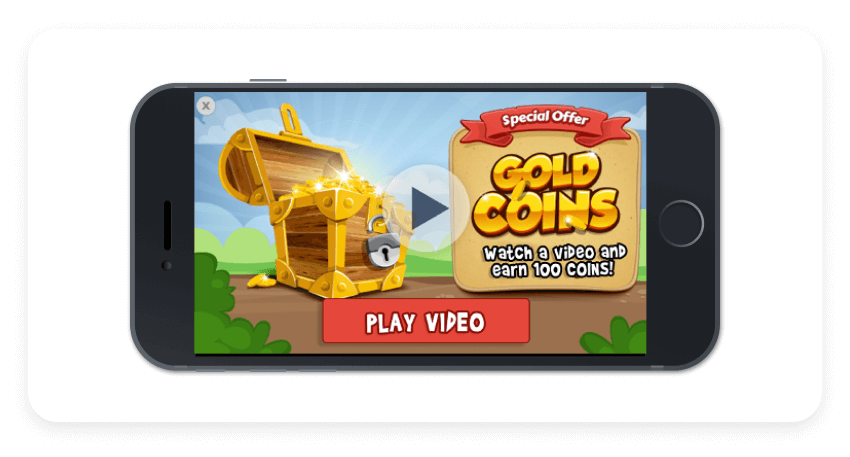
Summing it up
Mobile game launch isn’t just about getting it live — it’s about ensuring long-term success. By following the structured process we have described above and leveraging the latest marketing strategies, you can maximize downloads, engagement, and revenue.
Remember, this is just the beginning! Continuously analyze performance, gather user feedback, and refine your approach to keep your game competitive.
Need a smarter way to scale your app’s reach? SmartyAds’ programmatic solutions help you drive high-quality installs and maximize monetization. Get in touch today to level up your game’s success!
Register at SmartyAds SSP today and launch high-impact ad campaigns that drive real results!

